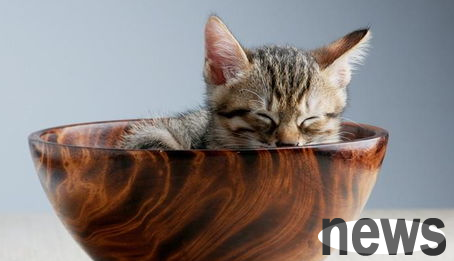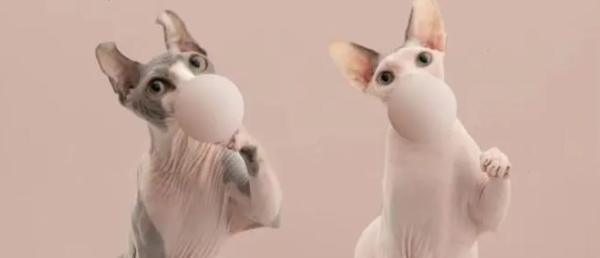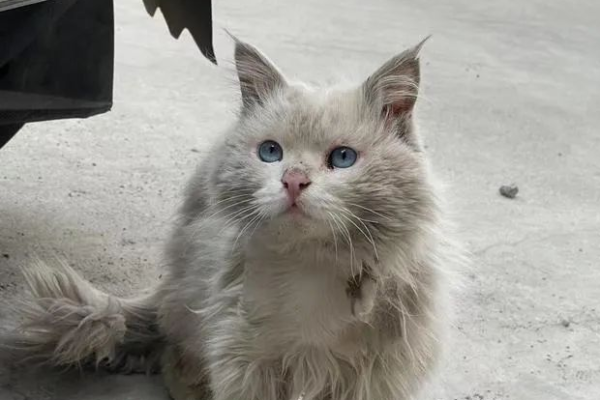At a glance at the cat s colors, there are so many names for the colors?
The color of a cat refers to the pattern and color of a domestic cat. Under normal circumstances, it is not uncommon for kittens of the same child to have different colors. The style of the cat owner (cat slave) is another issue that needs to be paid attention to in addition to choosing a breed, which does not seem to be taken seriously in China.
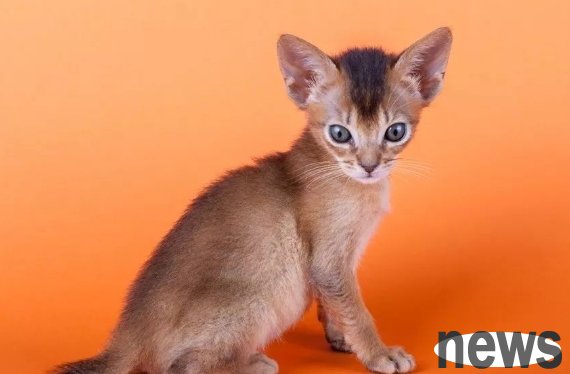
According to the standards of local cat breed registration associations, the breeds used for competition and breeding have several, or even dozens of different standard patterns, and some breeds may have only a single standard. Strictly speaking, the colors of the eyes, nose and soles of the feet must also be reviewed.
These colors are mainly derived from black and red, and the naming standards usually do not have authoritative norms, so the same colors may have different names due to different places and associations.
Cat's color list
Full color
Genetic point of view, cat's hair only produces two pigments: black (and allelic chocolate and cinnamon) eomelanin and red chromomelanin, and then various colors appear due to dense and dilution distribution.
Full color (or traditional color, monochrome) means that each hair of a cat has a complete pigment precipitation and only a single color on the body. Because of the genes, red cats are prone to appear "ghost patterns" during the kitten stage, and this pattern will gradually disappear with age. Cats with hair color diluted are usually collectively called "Malta cats", while cats with re-diluted are collectively called "caramel cats". There are three reasons why white cats appear white:
The first type, cat's hair is affected by the white spot gene, and white patches appear randomly on the body. When the white spots cover the whole body, it will become an all-white cat, but there are still a few colored hairs that may be mixed with;
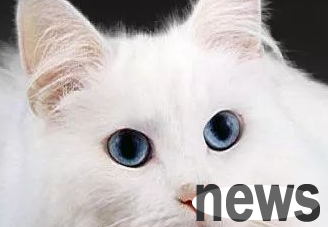
The second type, cat's hair pigment is inhibited by the white gene, resulting in a decrease in pigment cells. White, pure white cats will also appear, which will affect the spiral of the cat's ears, causing deaf cats with hearing impairment. Based on this point, there is a saying that "every three white cats have a deaf cat" and "a white cat has a 1/3 chance of hearing problems";
The third type, cats are affected by recessive genes, causing abnormal whitening. This situation will produce "key color cats" that are lightened in color or "whites" whose iris color is blue-purple (or pink).
The eyes of white cats are not fixed, and they are even prone to strange-eyed cats with blue eyes and green, yellow or brown eyes.
Multi-layered color
, or wild mouse color, wild mouse gray, and wild type gray, are produced by the influence of ring pattern genes. In fact, it can be regarded as a kind of tabby pattern. However, visually different from the general impression of tabby pattern, it will alternately show dark and shallow ring pattern colors on the hair. Typical representatives are Abyssinian cats, Somalia cats and Singapore cats.
Tabies
Tabies are cats with stripes, dots or vortex patterns on their bodies. Their common characteristics are the "M" markings on the forehead and the eyeliner around the eyes. Tabby cats are sometimes mistaken for a separate cat breed, and in fact the pattern appears on many different breeds of cats, and it also produces changes in dilution, tortoiseshell, accents, and hair tips.
Common tabby patterns include four basic types: "classic tabby" (or "big spotted tabby"), "mackerel tabby", "spotted tabby" and "multi-layer colored tabby" (or "Abyssinian tabby"). The improved tabby patterns include "braided patterns", "marble patterns" (or "cloud patterns"), "elope cat patterns" and "rose patterns" produced by mating between wild cats and domestic cats.
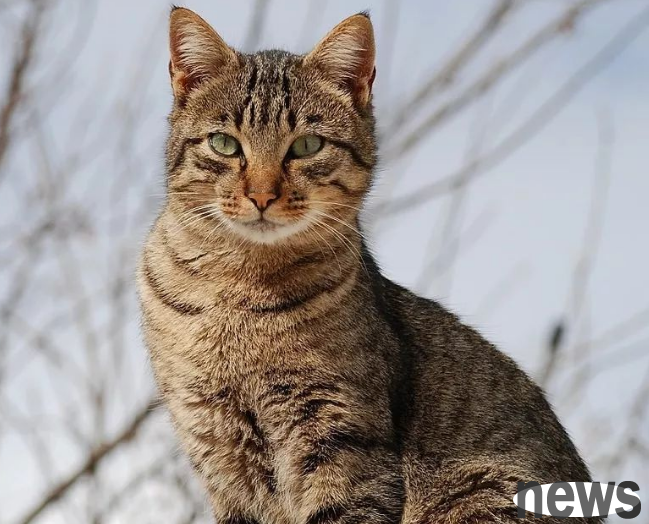
Dual-color cat
, or mixed-color cats, are cats with white spots on their bodies. Less than 40% of the white spots are low-grade white spots, and more than 60% are high-grade white spots. 40-60% are considered to be two-colors of grade 5. Grade 10 means that the whole body of the cat is covered with white spots, making it an all-white cat.
Another color other than white spots can be three-color, tortoiseshell or tiger spots, so two-color cats may not have only two colors. When the two patterns are mixed together to form interesting patterns, they can be described in some specific terms, such as "Brahmad", "Blossom", "Magpie", "Tuxedo", "White Gloves", "Hat and Saddle", etc. However, some abnormal white spots are not affected by the white spot gene, but are caused by gene mutations, abnormal development, worsening disease or age decline.

